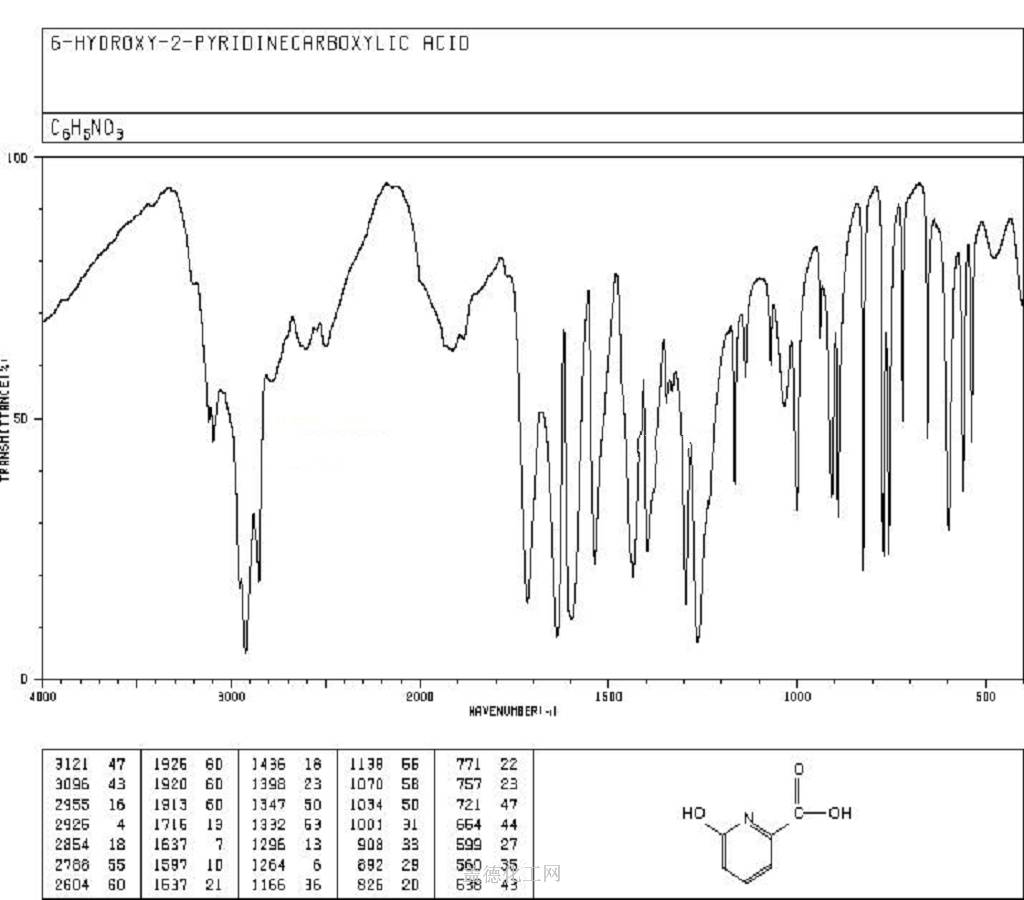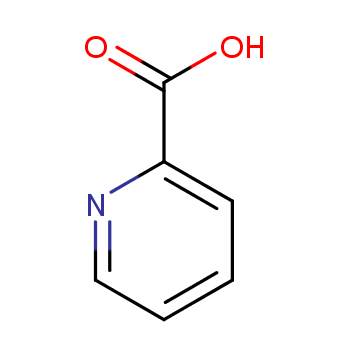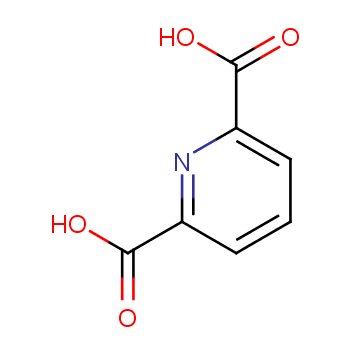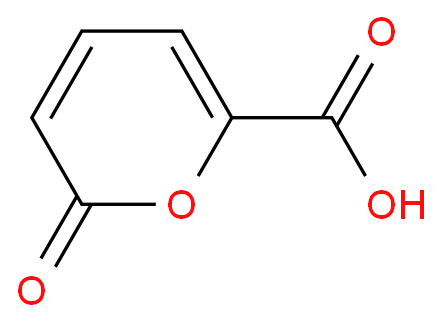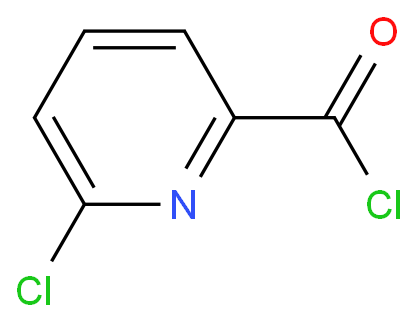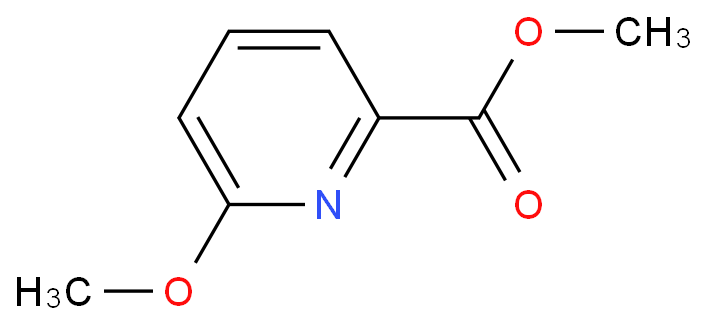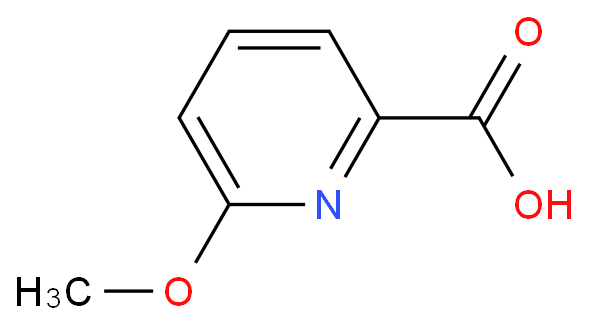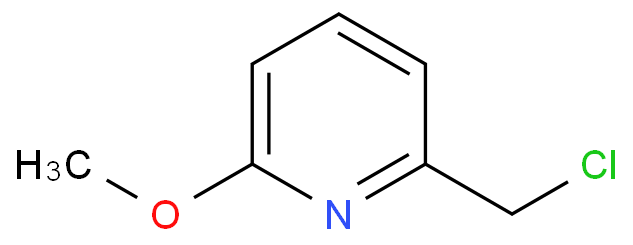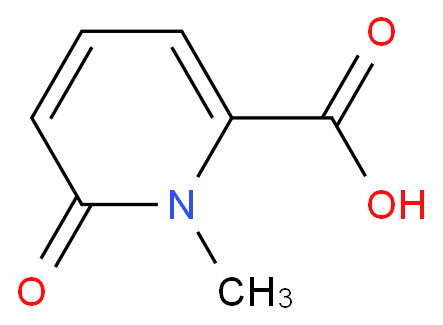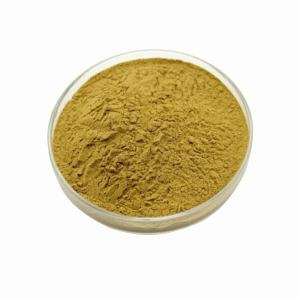The 6-hydroxypicolinic acid, with its CAS registry number 19621-92-2, has the IUPAC name of 6-oxo-1H-pyridine-2-carboxylic acid. For being a kind of light yellow crystal, its product categories are including blocks; Carboxes; Pyridines; pyridine derivative; Acids and Derivatives; Heterocycles; pharmacetical; Carboxylic Acids; Pyridine; Organic acids; Carboxylic Acids.
The characteristics of this chemical are as below: (1)ACD/LogP: -0.80; (2)# of Rule of 5 Violations: 0; (3)ACD/LogD (pH 5.5): -3.07; (4)ACD/LogD (pH 7.4): -4.41; (5)ACD/BCF (pH 5.5): 1; (6)ACD/BCF (pH 7.4): 1; (7)ACD/KOC (pH 5.5): 1; (8)ACD/KOC (pH 7.4): 1; (9)#H bond acceptors: 4; (10)#H bond donors: 2; (11)#Freely Rotating Bonds: 1; (12)Polar Surface Area: 46.61; (13)Index of Refraction: 1.579; (14)Molar Refractivity: 31.84 cm3; (15)Molar Volume: 95.8 cm3; (16)Polarizability: 12.62×10-24 cm3; (17)Surface Tension: 61 dyne/cm; (18)Density: 1.451 g/cm3; (19)Flash Point: 186 °C; (20)Enthalpy of Vaporization: 69.45 kJ/mol; (21)Boiling Point: 384 °C at 760 mmHg; (22)Vapour Pressure: 5.81E-07 mmHg at 25°C; (23)Exact Mass: 139.026943; (24)MonoIsotopic Mass: 139.026943; (25)Topological Polar Surface Area: 66.4; (26)Heavy Atom Count: 10; (27)Complexity: 239.
Production method of this chemical: pyridine-2-carbonitrile could react to produce 6-hydroxypicolinic acid. This reaction could happen in the condition of mineral salts medium, pH 7.0, Alcaligenes faecalis DSM 6335.
Use of this chemical: 6-hydroxypicolinic acid could react with 4-methyl-benzene-1,2-diamine to produce 6-(5-methyl-1H-benzoimidazol-2-yl)-1H-pyridin-2-one. This reaction could happen in the presence of the reagent of polyphosphoric acid, and it needs the reaction time of 4 hours and the reaction temperature of 160 ℃.
When you are dealing with this kind of chemical, you should be cautious. This is a kind of irritant chemical which is irritating to eyes, respiratory system and skin and it may cause inflammation to the skin or other mucous membranes. Therefore, you should wear suitable gloves and eye/face protection. And if in case of contact with eyes, rinse immediately with plenty of water and seek medical advice.
In addition, you could convert the following datas into the molecular structure:
(1)Canonical SMILES: C1=CC(=O)NC(=C1)C(=O)O
(2)InChI: InChI=1S/C6H5NO3/c8-5-3-1-2-4(7-5)6(9)10/h1-3H,(H,7,8)(H,9,10)
(3)InChIKey: VRCWSYYXUCKEED-UHFFFAOYSA-N
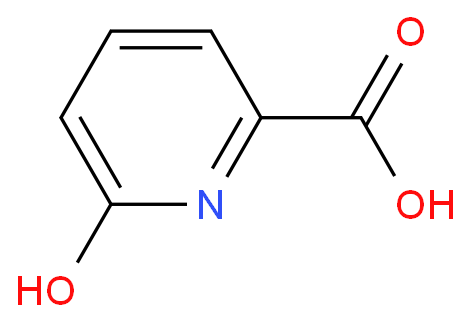
 EN
EN



